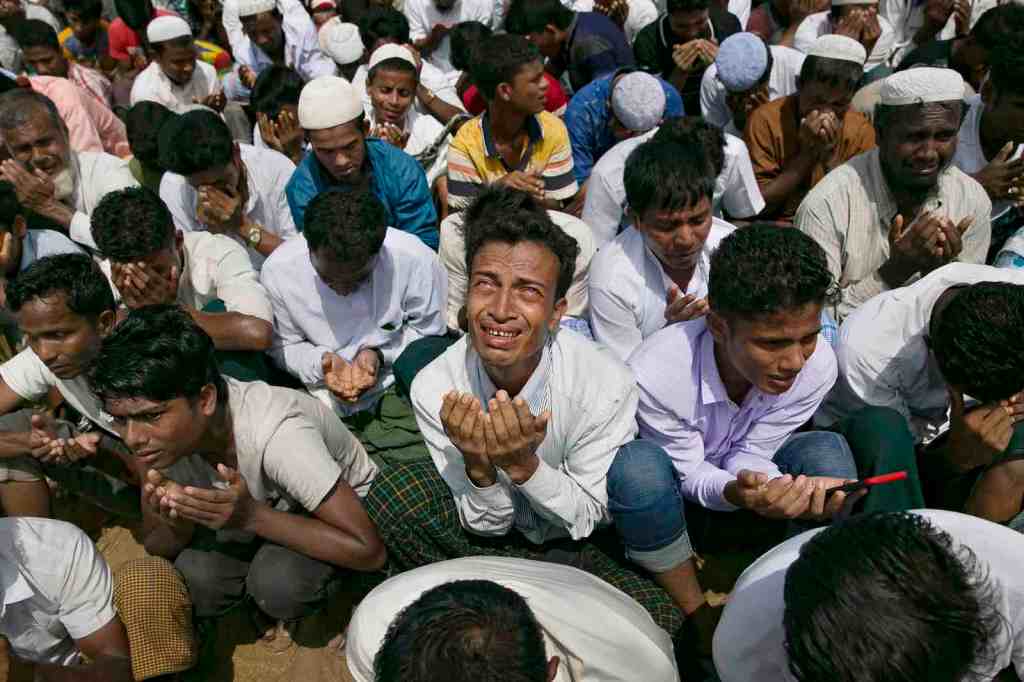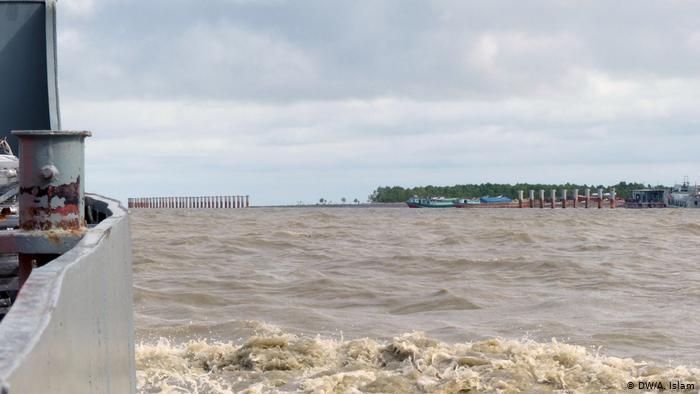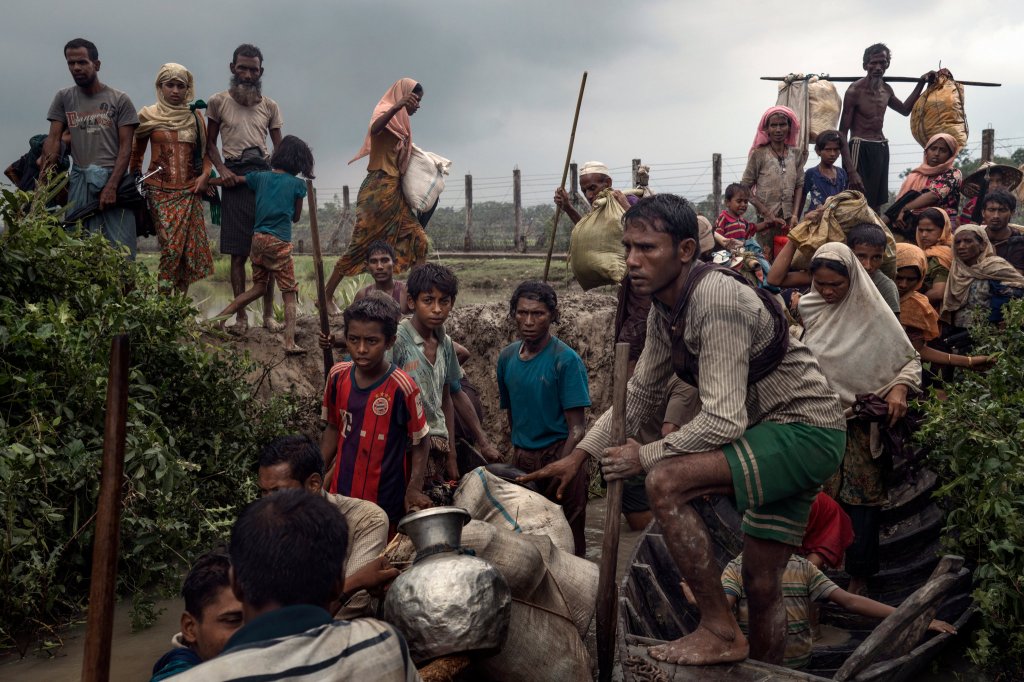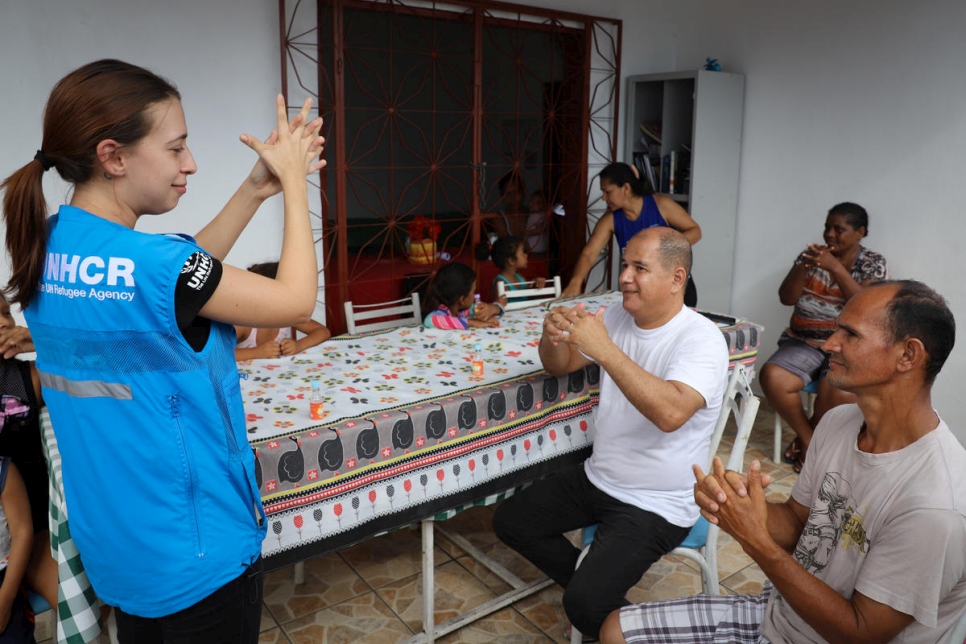Set on a muddy silt islet on the Bay of Bengal lies a 40 square kilometre stretch of land. It sits on the fragile centre of the coastal belt, geographically prone to cyclones and extreme flooding. It is commonly known for the islands in the Bay of Bengal to be naturally formed by sediments and tidal channels. This explains the ever-changing ecosystem, and the formation of the Bhasan Char island 17 years ago.
Also known as the ‘Floating Island’, Bhasan Char maintains an 18-foot tidal range and possesses no fixed structure or shape. This is due to the heavy monsoon seasons that occur from June to September annually.
Since the brutal military crackdown in neighbouring Myanmar some three years ago, Bangladesh has welcomed up to one million fleeing Rohingyas into the densely-populated Cox’s Bazar. It had triggered a wave of events with villagers crossing the frontier at the rate of 500 a week.
The people were subjected to mass murder, rape and burning, with children cut into pieces and villages set ablaze. The campaign was later branded as a land grab on a dramatic scale by Amnesty International after the organisation reported satellite images that revealed military bases in places of what was once a Rohingya village.
The Bangladeshi government had since embraced the Rohingya generation generously, but has admitted to signing up to more than they can handle. Their refugee camps sits on the Southeastern quarter of the country, and is currently hosting a record amount of almost 900,000 refugees – making it the world’s largest.
It had greatly contributed to the growing discomfort that has been evident among the locals. The risks of a country continuing to welcome more Rohingyas into a region already populated with an unrecognised people varies from economic to political consequences.
The Bhasan Char relocation project was a plan hatched to resettle some 100,000 Rohingyas onto the island. It was a $280 million investment to ease the presence of the one million refugees they had chosen to take in.
The government had constructed homes, schools, hospitals and a three-meter high embankment on Bhasan Char. It would have police posts and cameras monitoring the island and cyclone shelters around the perimeter. This, the Bangladeshi Navy claimed, should be sufficient in protecting the inhabitants from floods and erosion.
Despite its commendable intentions, the project has, however, drawn international criticism from both environmental and human rights groups.
The United Nations High Commissioner for Refugees (UNHCR), for starters, had yet to be convinced of the island’s suitability in accommodating the refugees. The Rohingyas are, after all, an already traumatised and fragile population, and the United Nations has since been footing the bill of the multimillion dollar humanitarian effort at Cox’s Bazar.
Their agency had a secure procedure in place to ensure safe quarantine related to the COVID-19 pandemic, and so, any relocating programmes could potentially disrupt the precautionary measures UNHCR has taken to contain the virus.
The United Nations had emphasised the technical and protection assessments that would need to take place in regards to Bhasan Char – prioritising safety, sustainability and protection issues over the relocation taking place.
Bangladesh, on the other hand, would need to make a decision. The government is absolutely determined to send off the 100,000 onto the island – with or without the UN’s approval. The topic remains to be diplomatically very sensitive, seeing as how Bangladesh itself hasn’t signed the UN Refugee Convention, nor do they recognise the stateless Rohingyas as refugees.
But, even if the UN stands with the Bangladeshi government, there is no guarantee that it would be enough to convince the population to relocate after already fleeing for their lives once before.
In the world’s largest refugee camp, fear is rife. The Rohingyas, as it would seem, are plagued with shock and uncertainty in confronting the very near reality of moving away.
It is completely understandable. 24 miles from the main island and three hours by boat, Bhasan Char is cut away from any access to assistance and agency. An environmental hazard would leave its inhabitants hopeless and stranded in the middle of the sea, and cyclones could prevent aid from reaching the island. Out there, the biggest threat is something that goes beyond anyone’s control. They’ll be subjected to the elements, with no way out.
As it would seem, this low-lying island remains to be situated in an area vulnerable to the elements of harsh seas and tides. The monsoon season will see 60% of its land submerged, essentially leaving this option catastrophic. The terrain is delicate to changing environments, and is at risk with erosion. Put this to the scale of construction and developments that has been going on in that region, and the Bangladeshi government are sending off 100,000 men, women and children to the bottom of the ocean.

Back in the camps, Bhasan Char is not exactly popular. This does, however, put the government in a position where it is taking drastic measures to realise the relocation program. By making the living conditions in Cox’s Bazar more difficult, selling a life on the island suddenly looks more attractive.
They do this by forcing telecommunication providers to turn off the internet and not sell sim cards to Rohingyas, essentially cutting them off from any kind of communication.
The conditions in Bhasan Char may look better than in Cox’s Bazar, but the questions remain: Can the refugees earn their own living? Will they be subjected to restricted movement outside of the island or would they need special permit to leave? And most importantly, what happens here when a cyclone hits?
It almost seems like a way for Bangladesh to rid its hands of the Rohingya responsibility, seeing as how safety is not a priority for this government, because let’s be clear about one thing: unless the country invests in stablising the changing terrain and raising the flood defences, Bhasan Char is completely and immorally uninhabitable.
The roundabout argument that centres around the Rohingya crisis always perpetuates the narrative that oppressed communities are not deserving of a quality standard of life, and that they should be grateful to any aid that comes their way – whether it be insufficient, poor or inconsiderate to their suffering.
It continues to insinuate that these people brought their dreadful fate upon themselves, and their decisions in life had led them to live as a refugee in a deprived state, and that somehow the agenda of that entire oppressed population is set on taking people’s jobs, stealing from foreign economies and marrying your neighbour’s wife.
The truth of the matter in any refugee dialogue is that by dehumanising the oppressed, it makes it easier to take away their rights simply because they’ve now been painted as non-human, non-deserving.
What they want most is similar to what every refugee wants – to return to their countries as recognised and protected citizens. The human being is a proud species, so no one looks forward to being completely dependent on charity.
The Rohingyas are no different. They don’t want to be anyone’s burden. They just want to go home – the home that doesn’t want them, but is theirs all the same.

We don’t know what its like to be on the receiving end of ethnic cleansing and genocide. So paint this plight with as close precision as possible, and bring it down to a personal level. Because, the Rohingya refugee crisis is personal. Very personal.










